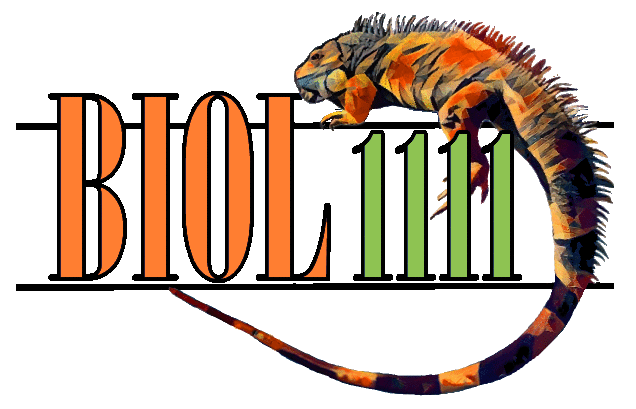 | |||||||
|
| |||||||
| Back to Institution Page | About | Certification | Key Concepts | Techniques | Resource List | Articles | |
|
| |||||||
Welcome to BiRAQC's Website !!! |
|||||||
|
| |||||||
The Biofuels Research and Aquatic Quality Collaborative is a non-profit organization devoted to improving the health of the planet by investigating ways of advancing algaculture. The use of algae can be beneficial to humans in numerous ways including use as |
|||||||
|
|||||||
|
Current research is focused on methods for increasing algae production in inexpensive photobioreactors that can be assembled from new or recycled water bottles that could be used by citizen-scientists or DIY aquaculture even in urban settings. Findings on factors that lead to increased rates of algal production in terms of cell numbers or biomass production could transferred to large-scale production. |
|||||||
|
Research includes, but is not limited to work on supplementing macronutrients (such as nitrogen, phosphorus, and potassium) individually or in combinations of various ratios, organic compounds such as amino acids, and micronutrients. |
|||||||
|
The lab has been successful in collecting ample data on the affects of parameters such as light (intensity and wavelength) and salinity on individual species. The company is now focused on exploring other parameters that can maximize and improve the efficiency of algal population growth (see BiRAQC resource list) or exploring species competition. There is much more to learn and new methods to discover in this endeavor. We look forward to seeing what our new research teams discover! |
|||||||